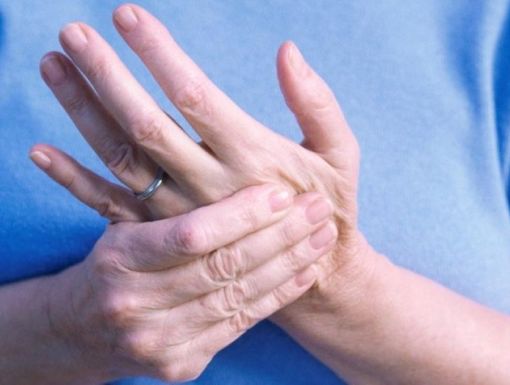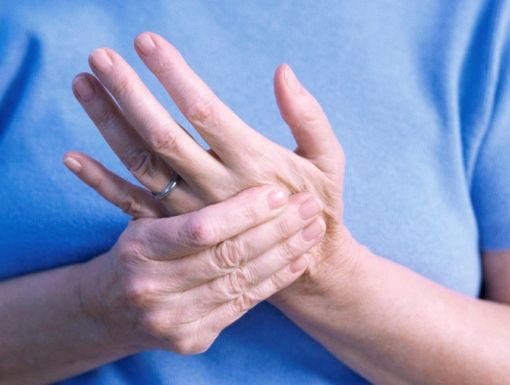
Why Is My Finger Bent? 5 Things To Know About Dupuytren’s Contracture
If you find yourself unable to straighten your finger, you may be suffering from a condition known as Dupuytren’s contracture. Also called Dupuytren’s disease, this is a condition that can cause the tendons in your palms and fingers to become thickened and cord-like.
This can begin as lumps, or nodules and progress to rope-like cords. It more commonly affects the pinky and ring fingers but can involve the entire hand in more severe cases.
Over time, these cords can lead to a contracture, or drawing-in, of the fingers into the palm and impair the ability to fully straighten the fingers. This can lead to significant dysfunction and functional deficits. It can prevent someone from doing what they love and enjoy, or even affect their ability to perform their job or work effectively.
Some people can have discomfort associated with this condition, although it usually does not cause pain.
What causes Dupuytren’s Contracture?
The hand is made up of very complex anatomy. It contains many important structures that all play a role in its function.
These include muscles, tendons, nerves, blood vessels and a soft tissue known as the palmar fascia that protects these structures. It is thickening of this fascia that leads to Dupuytren’s disease. Although this is a very thick, strong tissue that can resemble a tendon, it is separate and distinct from the tendons which help you move and bend your fingers.
Dupuytren’s disease is known to affect certain groups of people more than others. It does run in families, although some patients cannot identify a family member with the same condition. It is more common in:
- Men
- People over 40
- People of Northern European descent
- People with a history or smoking
- People who heavily drink alcohol
- People with a history of diabetes
Sometimes, people develop Dupuytren’s after an injury or surgery.
Who treats Dupuytren’s disease?
An orthopedic surgeon with specialized training in hand disorders can evaluate your symptoms, determine if you have Dupuytren’s disease and help decide the best method of treatment.
What is the best treatment for Dupuytren’s disease?
Dupuytren’s disease is relatively common. Fortunately, many patients with this condition do not develop a contracture of the finger. In those patients with nodules or even cords in the hand who do not develop a contracture, nonsurgical treatment can often manage their condition.
Sometimes, stretching or occupational therapy might be recommended. If your doctor determines there is no contracture, they may advise you to observe your condition for worsening.
Can Dupuytren’s disease be cured without surgery?
There are several non-surgical treatment options available to treat Dupuytren’s disease.
If you can lay your hand flat on a table, you may not need surgery or any invasive treatment. For more severe cases, or those associated with a contracture, surgical intervention may be offered or recommended to address the problem.
When does Dupuytren’s disease require surgery?
If you are found to have a contracture, your doctor might discuss surgery as an option.
Dupuytren’s surgery is an outpatient procedure. Recovery can take several months, but it is often very successful and can reverse your deformity to restore function.
During the surgery, an incision is made on the affected hand and finger or fingers. A surgeon will identify the thickened fascia and removed it to allow the finger to straighten again. The tendons and other important structures nearby are left alone and unharmed.
The procedure usually takes about 45 minutes and patients go home the same day. Most are advised to wear a hand splint for up to 12 weeks.
Your hand and fingers might be swollen for a few days following surgery, and you may need to take medicine. You might also feel numbness or tingling near the incision. That could take a few days or months to go away.
Patients also are usually sent to an occupational therapist who can help them gradually get back to everyday activities.
If you think you might have Dupuytren's disease, or want to be evaluated, make an appointment with Dr. Ross Dunbar.



